8 Seasonal Squash to Try From Heinen’s This Fall
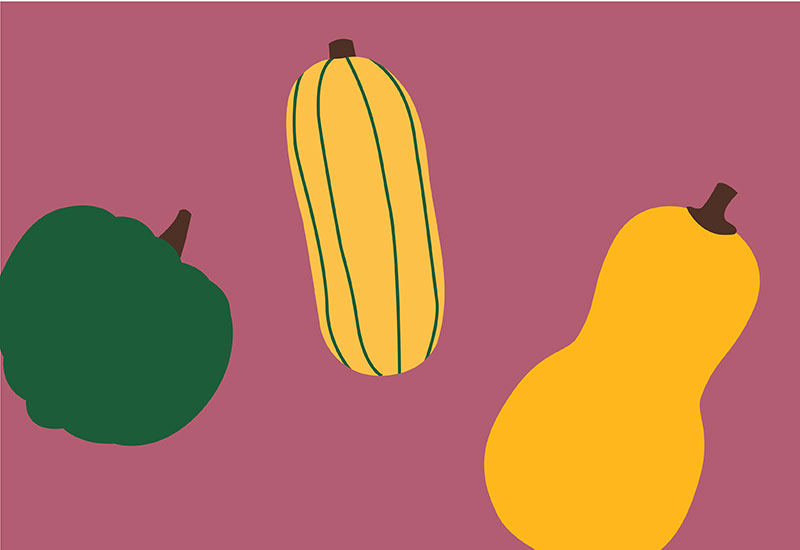
The following story was written by Heinen’s partner Elaine T. Cicora.
Acorn, Buttercup, Hubbard, Spaghetti: Whimsical and imaginative, the names of these popular squash varieties offer the perfect introduction to their festive autumn flavors. Factor in versatility, ease of storage and robust nutritional profiles, and it’s no wonder locally grown squash are one of the stars of Heinen’s Produce Department.
Available now through late November, Ohio’s so-called “hard” or “winter” squash varieties are a delicious change of pace from milder “summer” squash like zucchini. With flavors that range from sweet and creamy to nutty and peppery, winter squash is also filled with nutrients. A cup of acorn squash, for instance, delivers two grams of protein, 37 percent of the Daily Value (DV) of Vitamin C, 26 percent of the DV of potassium, and 25 percent of the DV of manganese – all for a satisfying 115 calories.
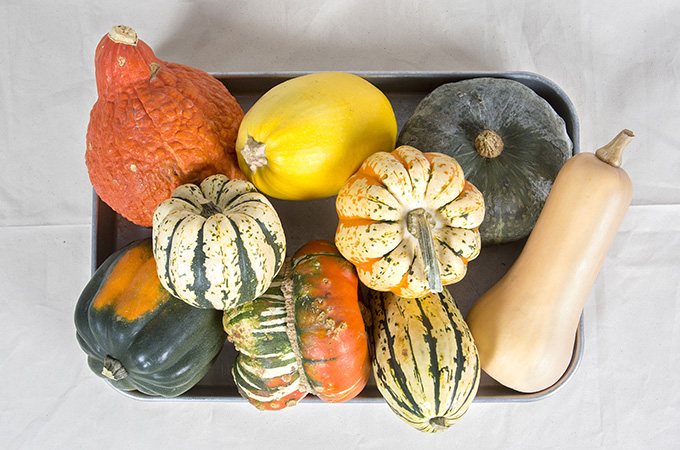
Thanks to its hard skin, most winter squash require a little finesse to safely prepare. A sharp, substantial knife and sturdy cutting board or work surface are essential. Beyond that, squash such as buttercup, butternut and the acorn varieties can be best handled by cutting off the tops and bottoms, placing the squash cut-end-down to slice in half, laying the flat side down to cut into smaller pieces and then removing the seeds and peeling and preparing as desired.
Here’s a timely tip! Heinen’s Produce Department carries a selection of pre-cut, cubed and spiralized squash, ready for immediate use. Or pick out a favorite whole squash, and a Heinen’s Associate will cut it in half for you, at no extra charge!
Here’s a quick rundown of what else you need to know about these tasty autumn treats.
Acorn
A small, gently ribbed, ovoid-shaped squash with a dark green-and-orange skin and yellow-orange flesh, acorn squash are mild, subtly sweet and nutty. Highly versatile, acorn squash can be sautéed, steamed or microwaved; better yet, roasting or baking tends to concentrate its sweetness.
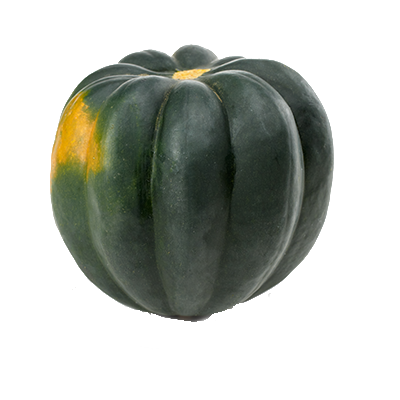
Gold Acorn
A relatively new variety of acorn squash, Gold Acorn is one of the first winter squash to come into season. A natural for stuffing and roasting, its sweet, nutty taste pairs especially well with butter, honey, sage and maple syrup. Like most winter squash, it will keep up to a month when stored, uncut, in a cool, dry place.
Buttercup
One of the sweetest varieties of winter squash, buttercup can be recognized by its mottled green-and-orange skin and the little turban-like cap on its bottom. Its intensely orange interior signals plenty of beta-carotene and Vitamin A. Because it can be a little dry, it is a natural for steaming, sautéing or use in soups and sauces.
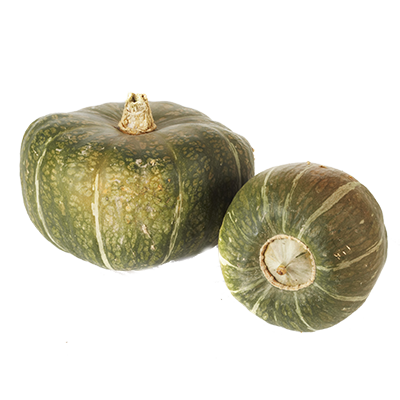
Butternut
While it may be best known as the star of everyone’s favorite fall soup, butternut squash has other charms as well, including its mild butterscotch flavor and a unique “bar bell” shape that makes it easier to peel and prepare than some of its peers. In addition to soup, butternut squash can be pureed for pies, roasted and tossed with pasta or even mashed and used in quesadillas. And don’t throw out the seeds. Cleaned and roasted, they rival pumpkin seeds for flavor and nutrition.
Delicata
As the name suggests, the delicate skin of this striped, cylindrical squash is completely edible. Even better is the unique flavor of the flesh, which has been variously described as tasting like brown sugar, sweet potatoes or a cross between fresh sweet corn and pumpkin pie. Sliced, seeded and roasted or pan-seared, Delicata makes a beautiful and nutritious addition to an autumn meal – no peeling required!

Hubbard
Unmistakable for its large size and unusual blue-green skin, Hubbard squash is sweet and starchy, making it perfect for pies and soups. Weighing in at between five and 15 pounds, these behemoths require some special handling: Remove the stem, then crack open the squash with a large chef’s knife or mallet before cutting, seeding and roasting or sautéing. For ease of preparation, remove the skin after the squash is cooked.
Spaghetti
While you’ll never confuse this golden-skinned squash with real pasta, its mild flavor and firm texture make it a low-carb stand-in for linguini or angel hair, especially when served with a hearty sauce. Preparation is simple: Slice the squash in half, scoop out the seeds and bake (cut-side-down) at 400˚F until tender. Then gently shred the flesh with a fork before turning the “spaghetti” out onto a plate.
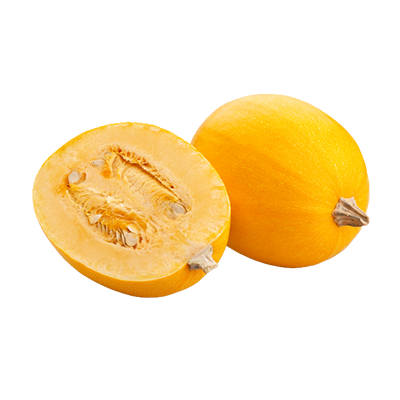
Turban
Known for its colorful turban- or cap-like appearance, this medium- to-large-sized squash is an heirloom variety, offering fine-textured flesh, a mildly sweet taste and a slightly starchy texture. Its peculiar shape can make it a challenge to cut. Try slicing off the acorn-like protrusion first, and then cut both the turban and the base into wedges. Prepare by baking, steaming or roasting.


